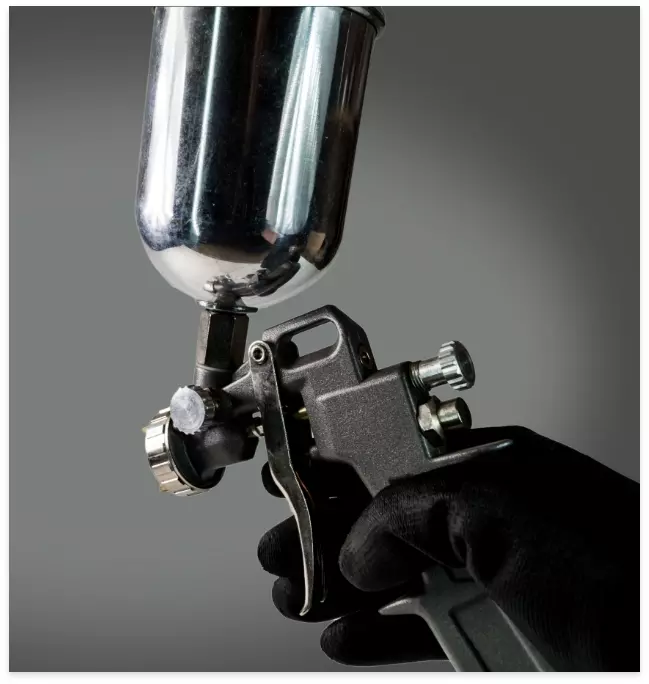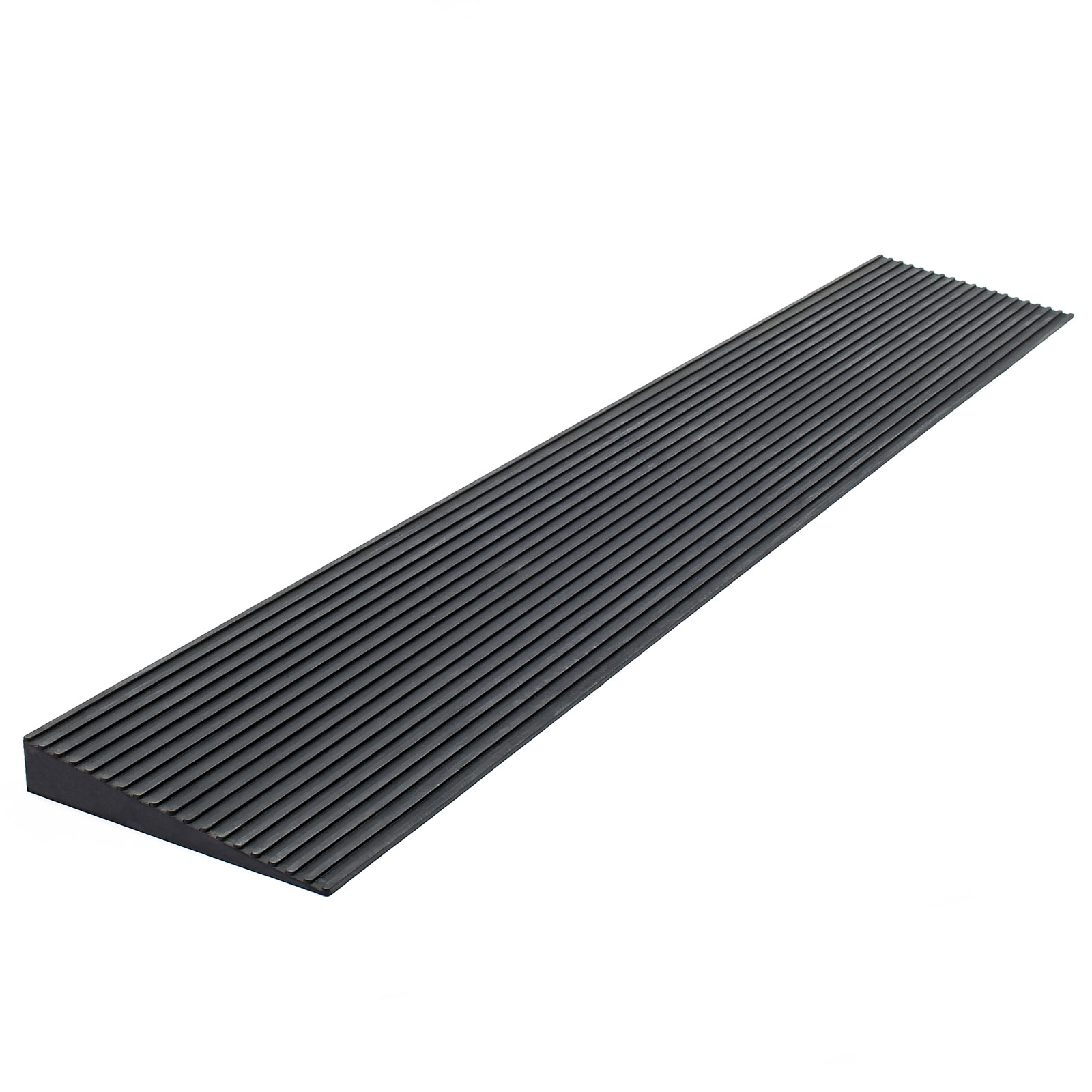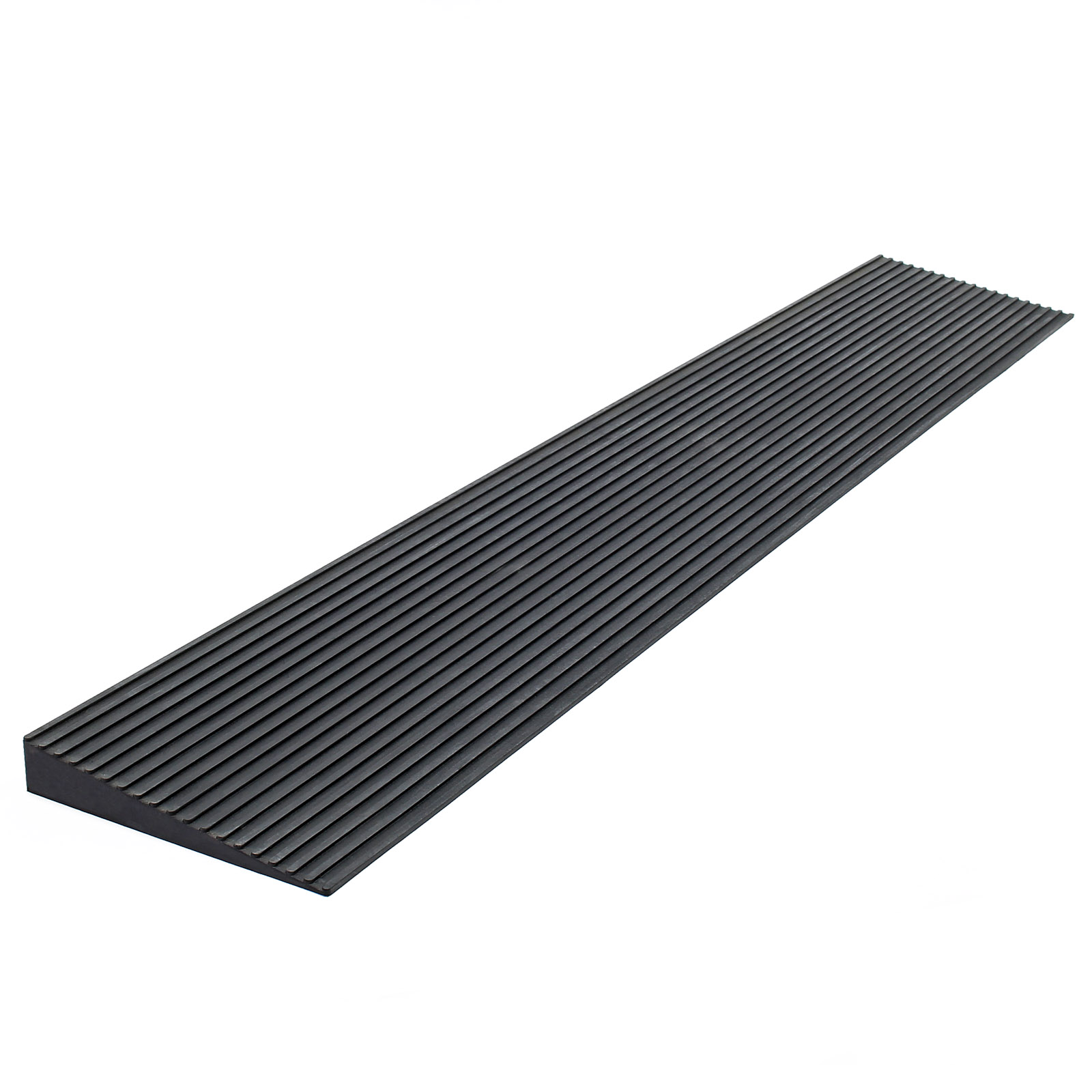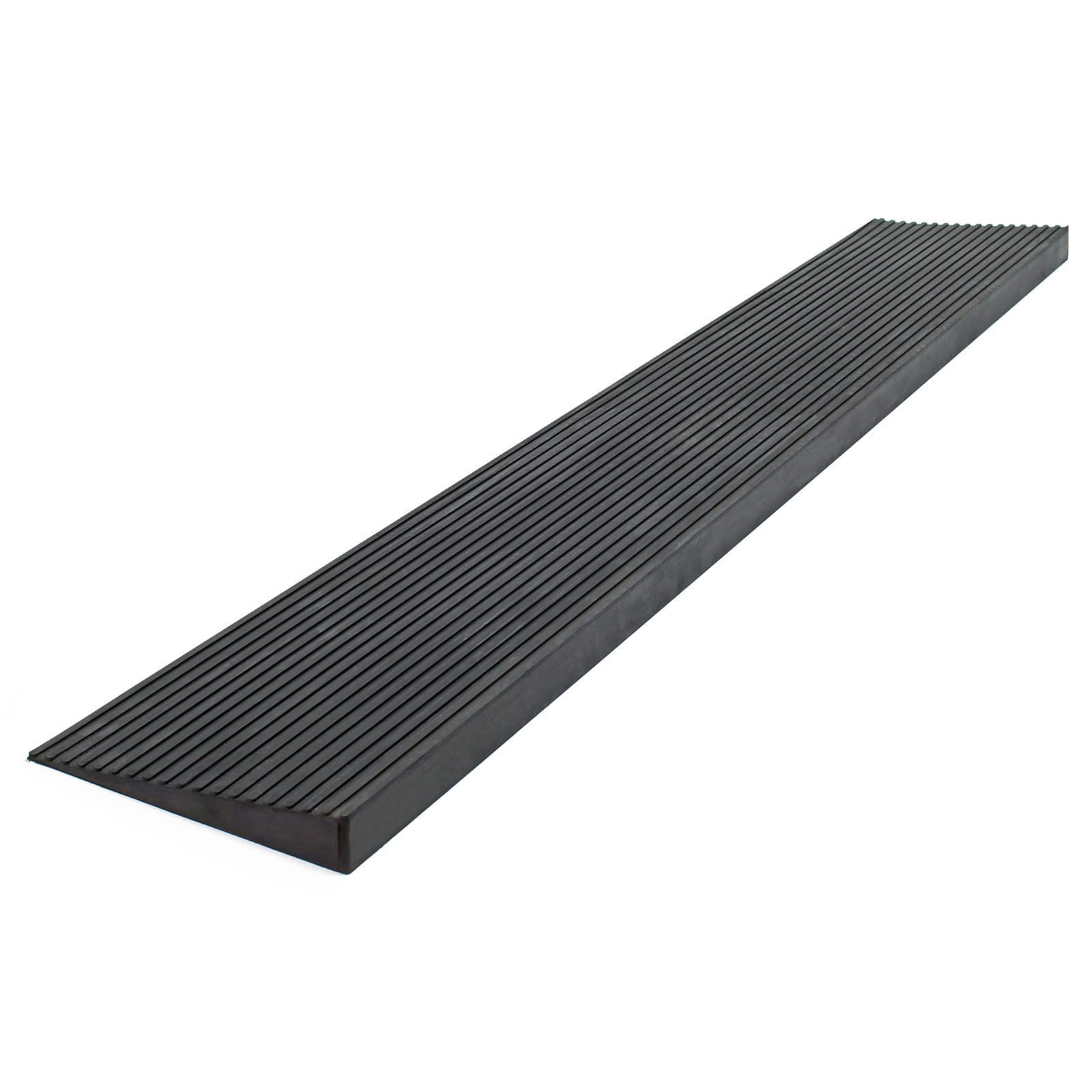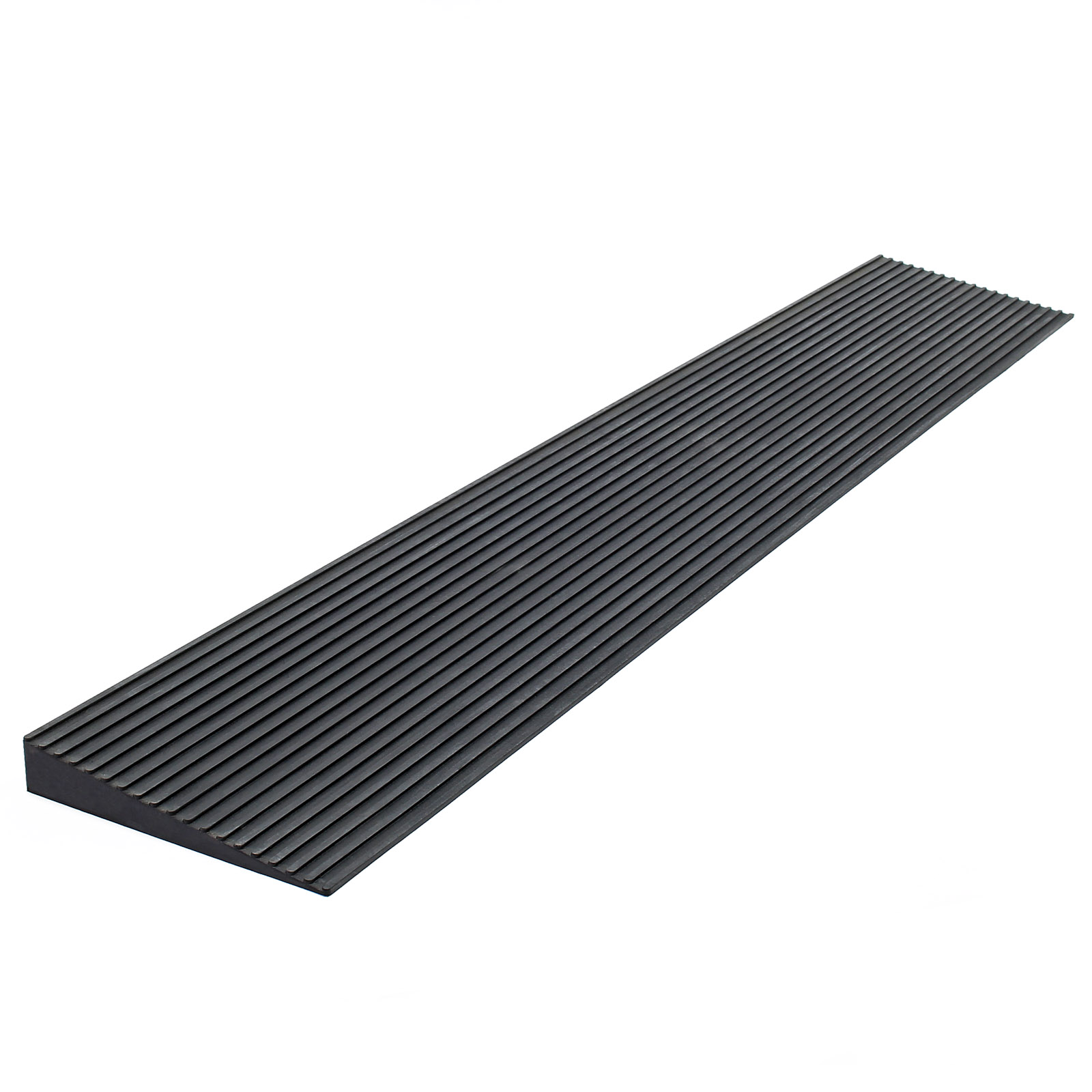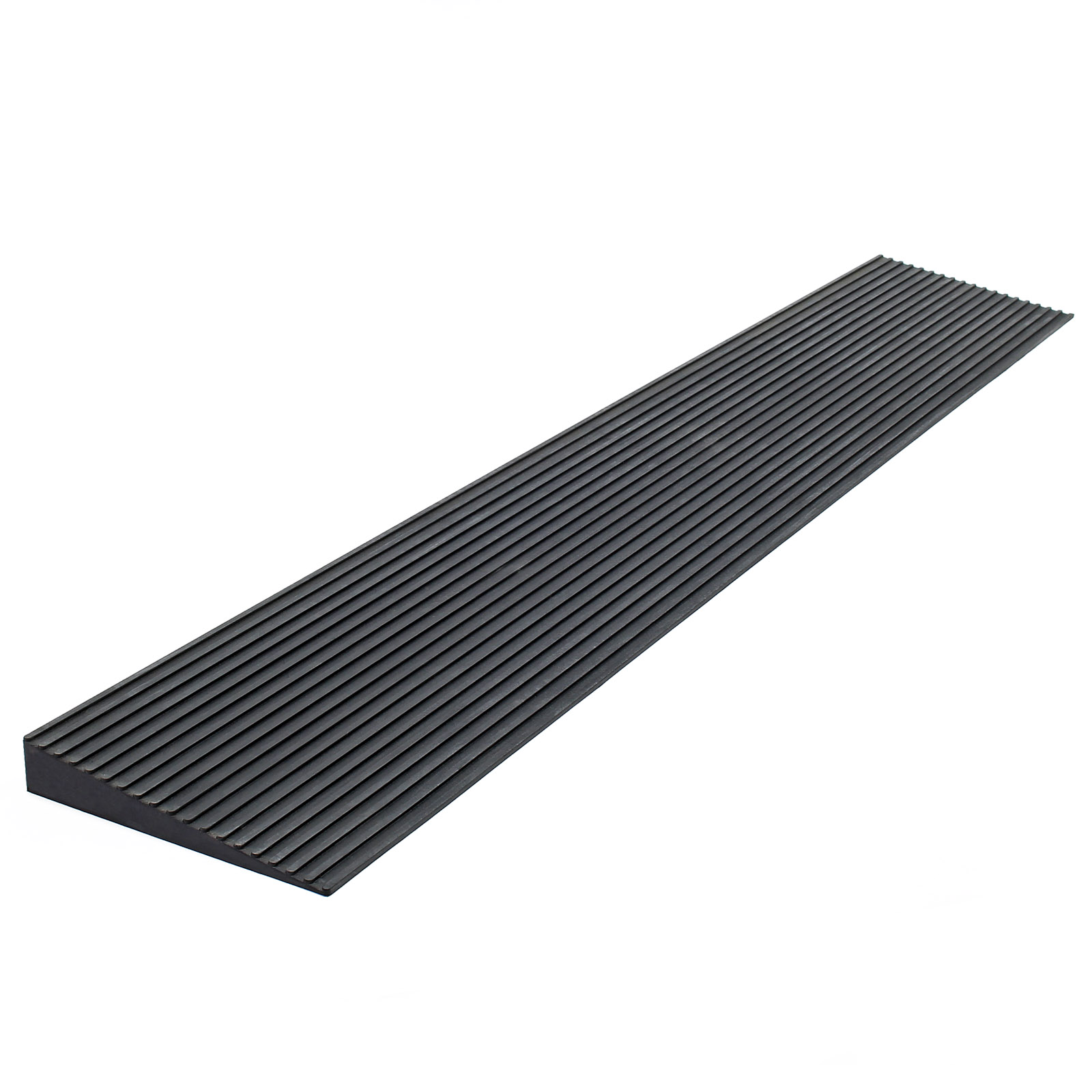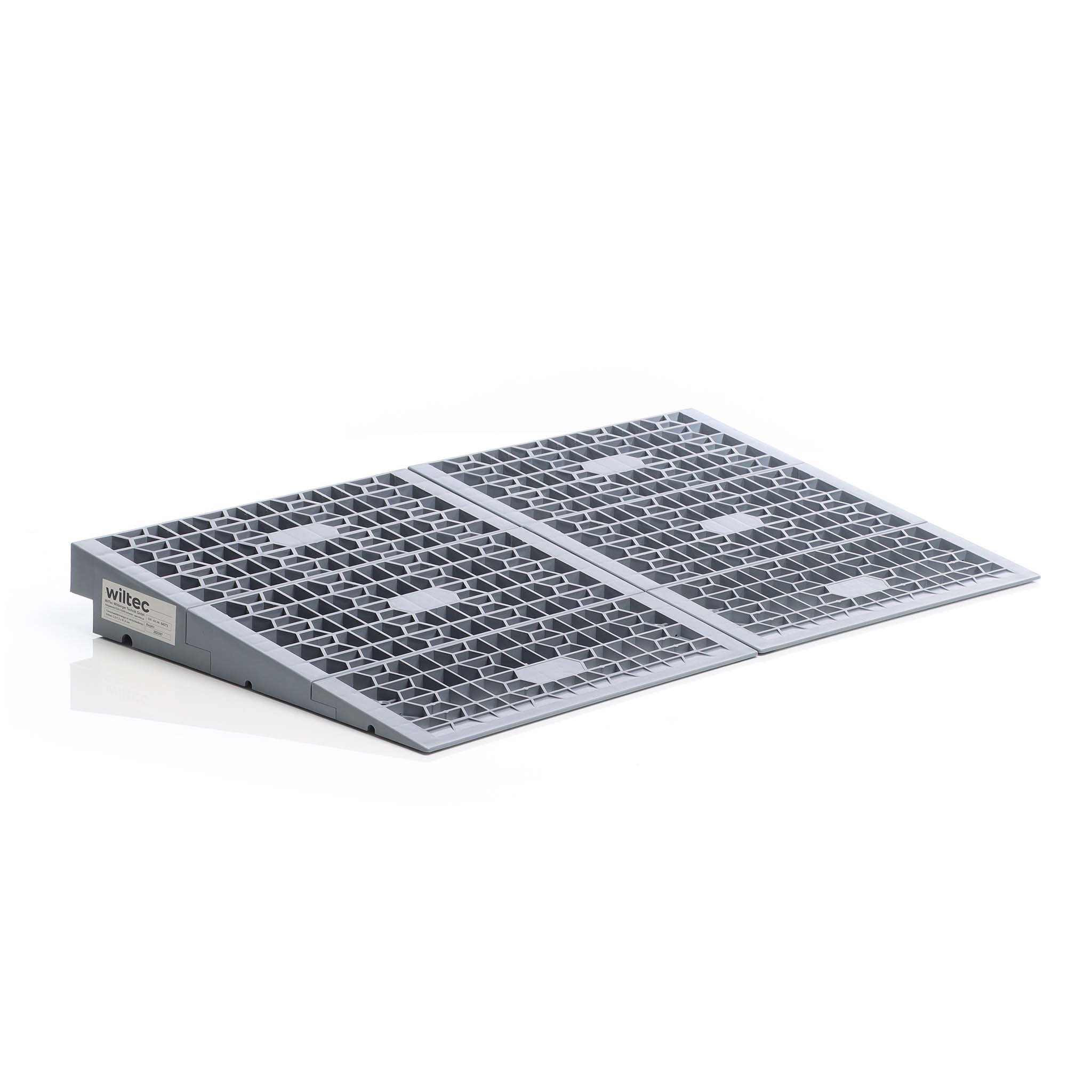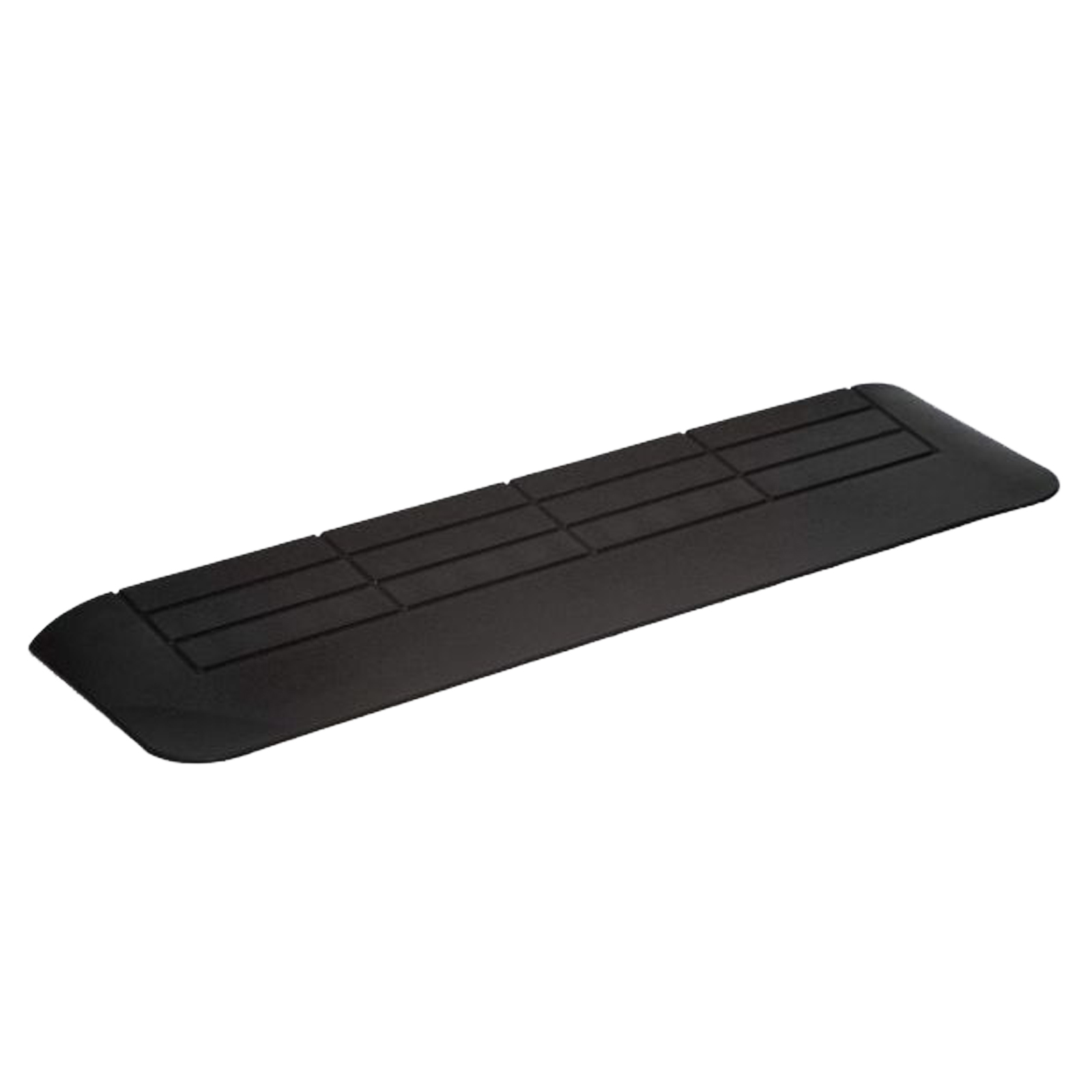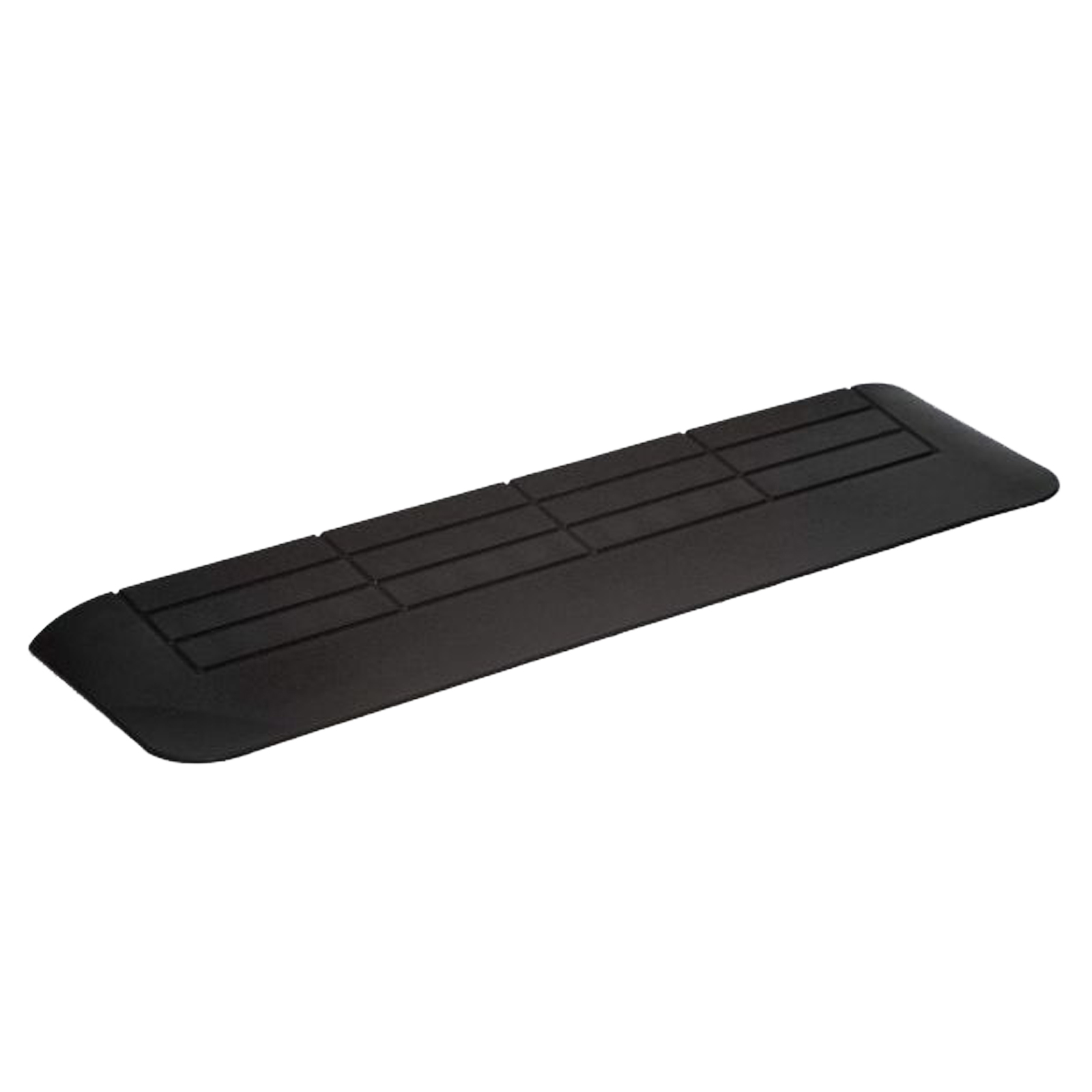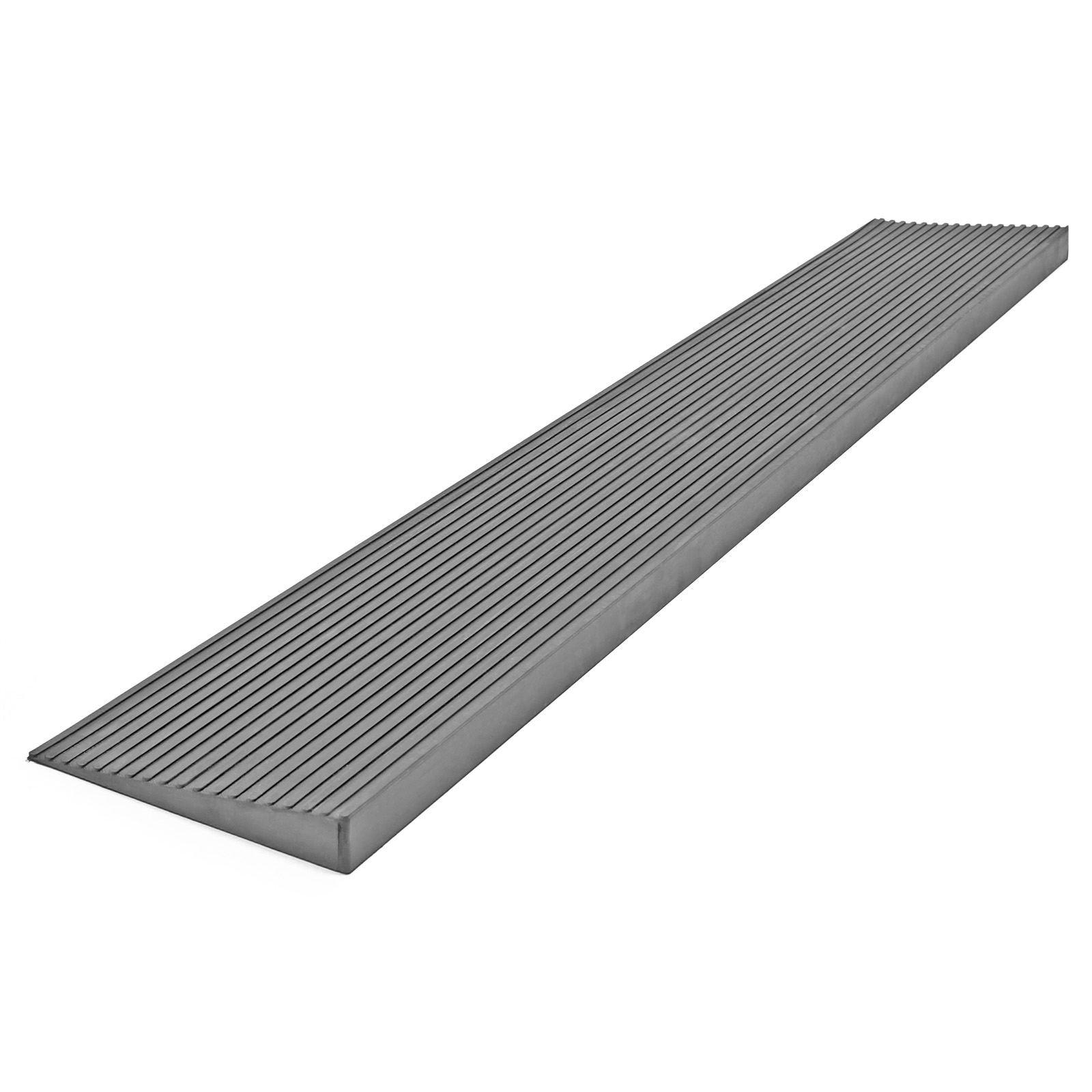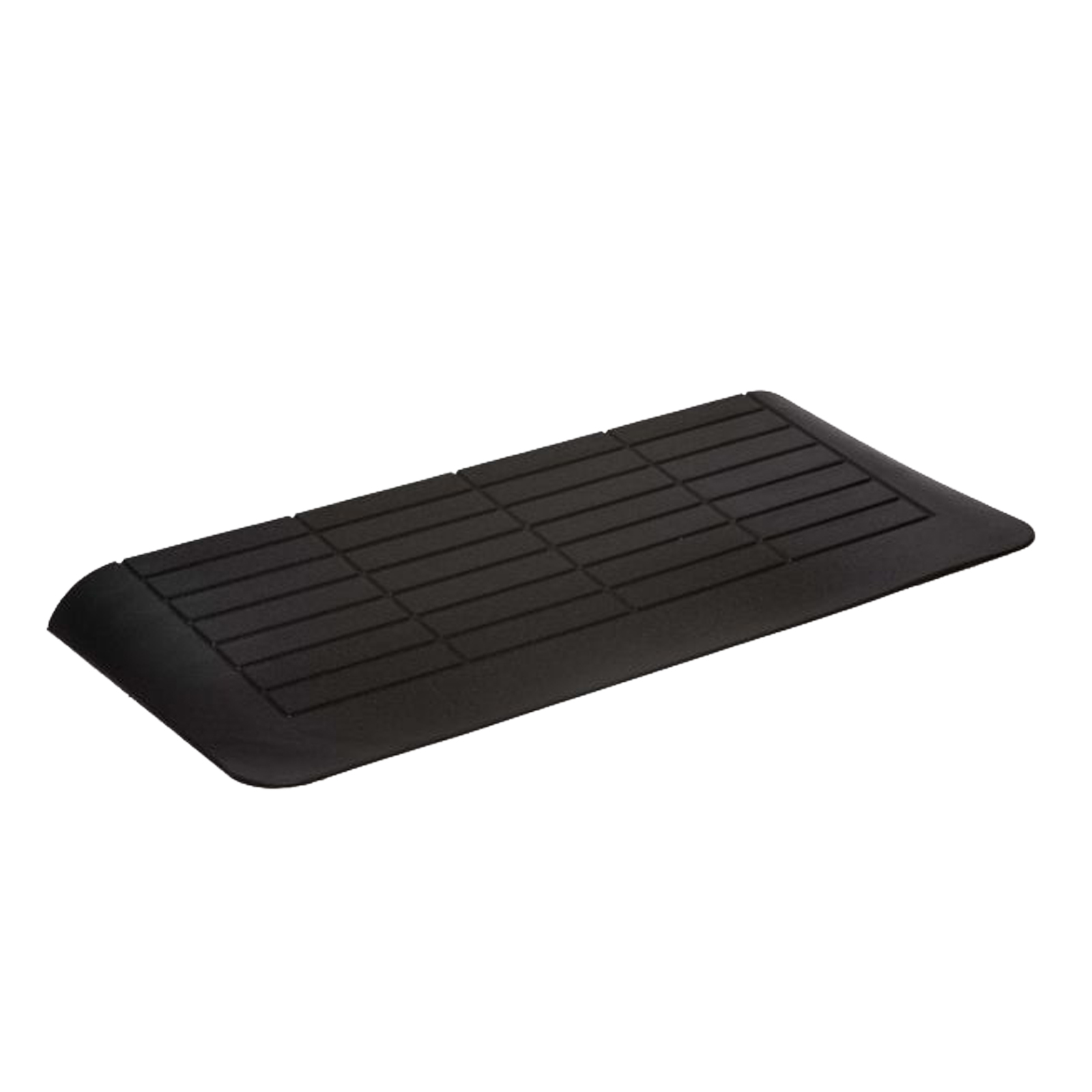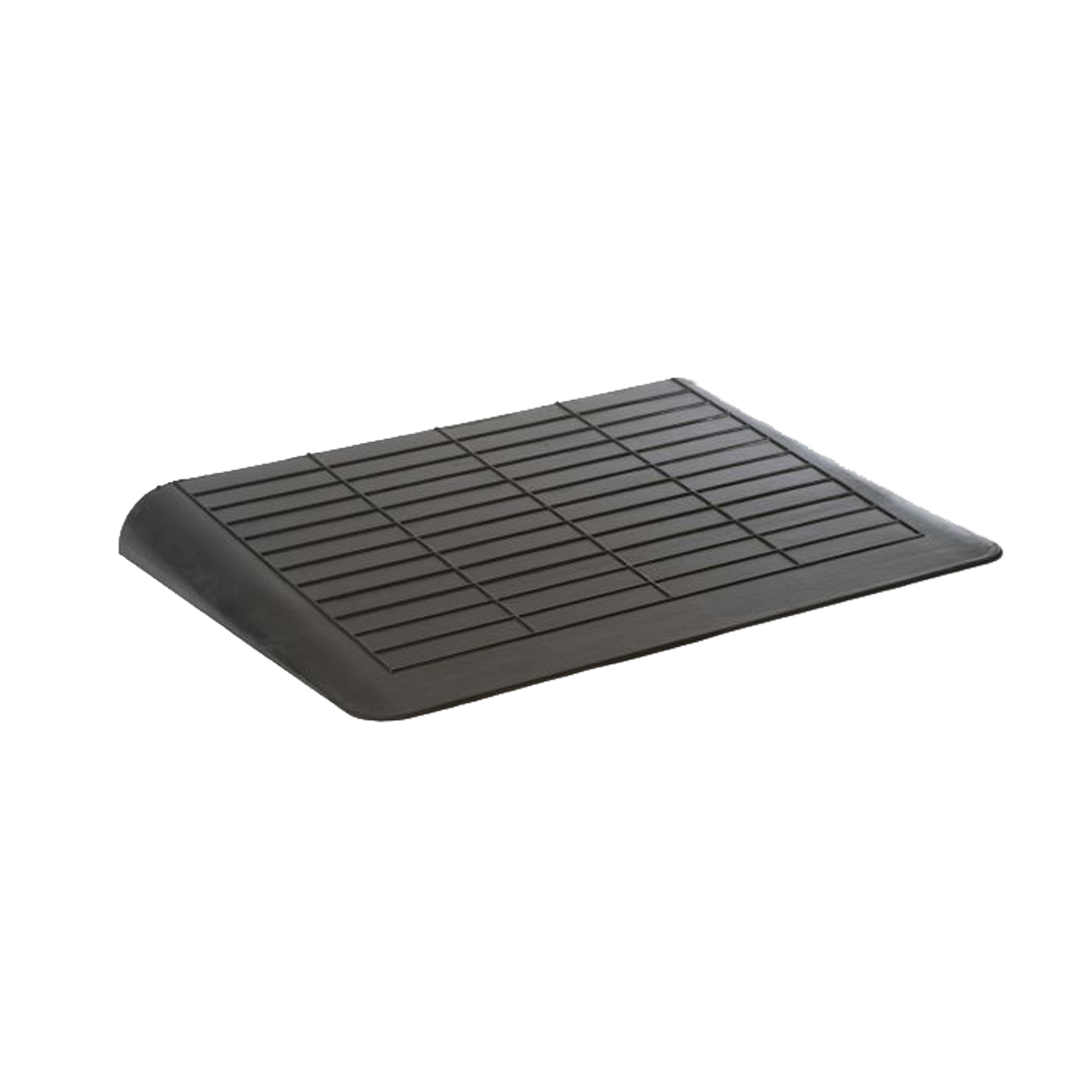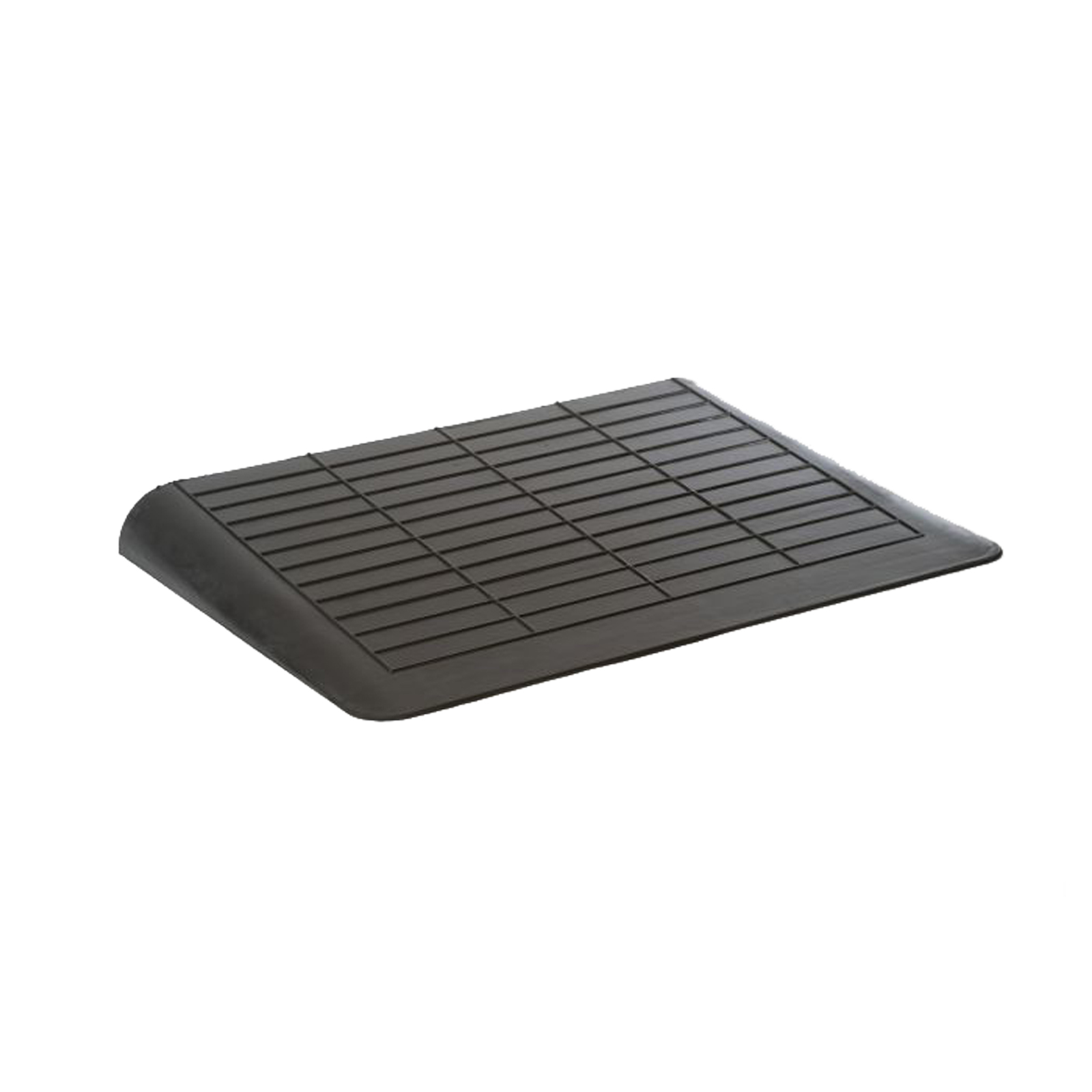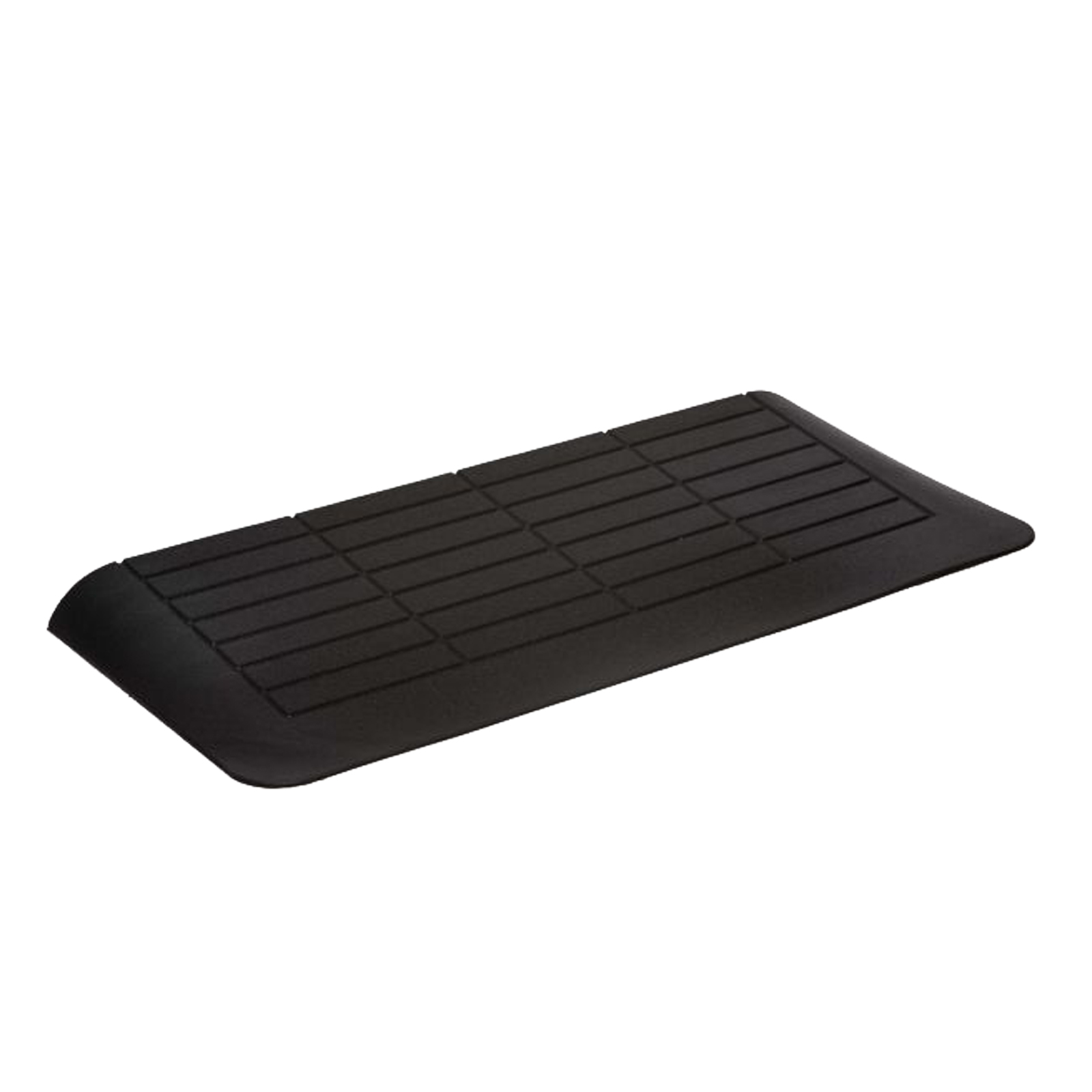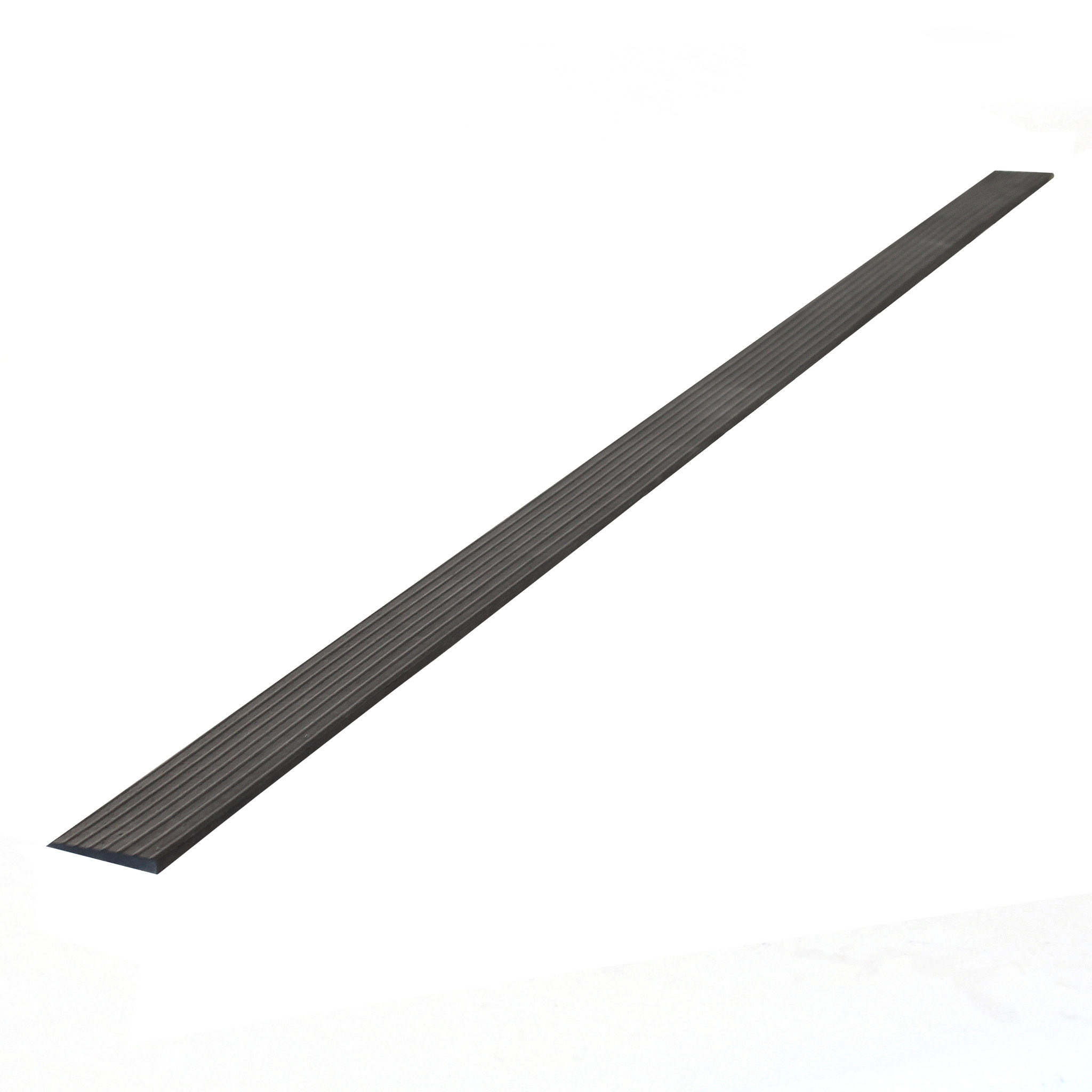Threshold Ramps
Available, delivery time: 2 - 3 days
• Size: 150 x 900 mm
• Height ranges from 0 to 20 mm
• Non-slip rubber surface
• Can be cut as required
Available, delivery time: 2 - 3 days
• Size: 150 x 900 mm
• Height ranges from 0 to 25 mm
• Non-slip rubber surface
• Can be cut as required
Available, delivery time: 2 - 3 days
• Size: 140 x 900 mm
• Height ranges from 0 to 15 mm
• Non-slip rubber surface
• Can be cut as required
Available, delivery time: 2 - 3 days
• Size: 200 x 900 mm
• Height ranges from 0 to 30 mm
• Non-slip rubber surface
• Can be cut as required
Available, delivery time: 2 - 3 days
• Size: 200 x 900 mm
• Height ranges from 0 to 35 mm
• Non-slip rubber surface
• Can be cut as required
Available, delivery time: 2 - 3 days
• Size: 80 x 900 mm
• Height ranges from 0 to 8 mm
• Non•slip rubber surface
• Can be cut as required
Available, delivery time: 2 - 3 days
• Made of plastic
• 810 x 460 mm
• Non-skid surface
• Max. load capacity 1360 kg
Currently not available
• Ideal to overcome barriers with a height of 25mm
• With 3 chamfered edges for access from all sides
• Suited for wheelchairs and vehicles up to 2500kg
• No gap between ground and lower end of the ramp
Available, delivery time: 2 - 3 days
• Ideal to overcome barriers with a height of 30mm
• With 3 chamfered edges for access from all sides
• Suited for wheelchairs and vehicles up to 2500kg
• No gap between ground and lower end of the ramp
Currently not available
• Ideal to overcome barriers with 16 mm height
• Adhesive film for quick assembly and safe hold
• High load capacity, suited for heavy vehicles
• No gap between ground and lower end of the ramp
Available, delivery time: 2 - 3 days
• Ideal to overcome barriers with a height of 50mm
• With 3 chamfered edges for access from all sides
• Suited for wheelchairs and vehicles up to 2500kg
• No gap between ground and lower end of the ramp
Currently not available
• Ideal to overcome barriers with a height of 60 mm
• With 3 slanted edges for access from all sides
• Suited for wheelchairs and vehicles up to 2500kg
• No gap between ground and lower end of the ramp
Available, delivery time: 2 - 3 days
• Ideal to overcome barriers with a height of 70 mm
• With 3 slanted edges for access from all sides
• Suited for wheelchairs and vehicles up to 2500kg
• No gap between ground and lower end of the ramp
Available, delivery time: 2 - 3 days
• Ideal to bridge obstacles with a height of 6 mm
• Natural caoutchouc for indivudial adjustments
• High load capacity, suited for heavy vehicles
• No gap between ground and lower end of the ramp
Available, delivery time: 2 - 3 days
• Ideal to overcome barriers with a height of 45mm
• With 3 chamfered edges for access from all sides
• Suited for wheelchairs and vehicles up to 2500kg
• No gap between ground and lower end of the ramp
Available, delivery time: 2 - 3 days
• Ideal to overcome barriers with 6 mm height
• Adhesive film for quick assembly and safe hold
• High load capacity, suited for heavy vehicles
• No gap between ground and lower end of the ramp
Available, delivery time: 2 - 3 days
• Ideal to overcome barriers with 125 mm height
• With 3 slanted edges for access from all sides
• Suited for wheelchairs and vehicles up to 2500kg
• No gap between ground and lower end of the ramp
Available, delivery time: 2 - 3 days
• Ideal to overcome barriers with a height of 55 mm
• With 3 slanted edges for access from all sides
• Suited for wheelchairs and vehicles up to 2500kg
• No gap between ground and lower end of the ramp













